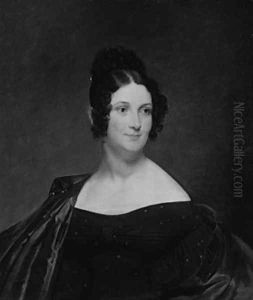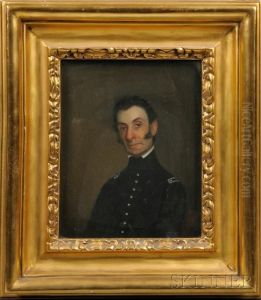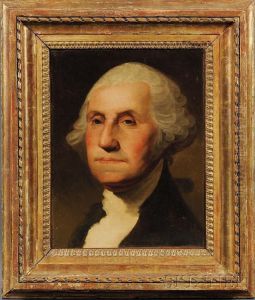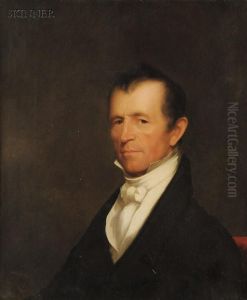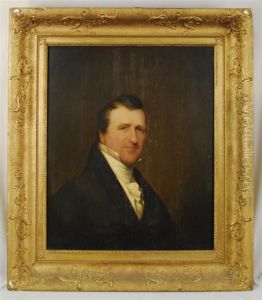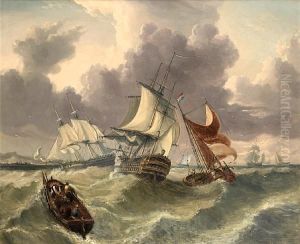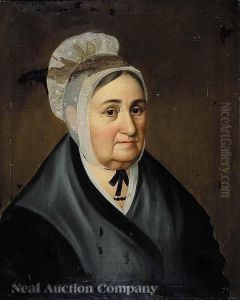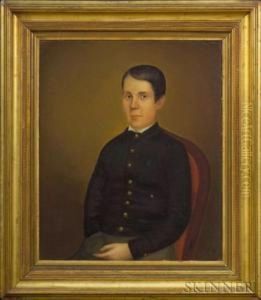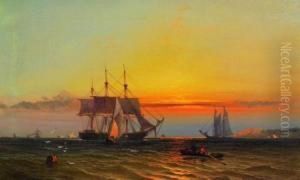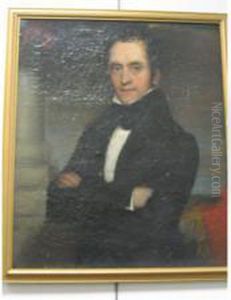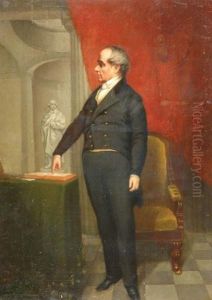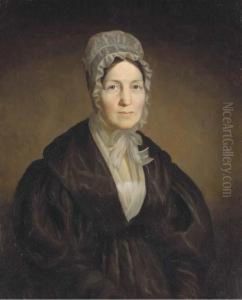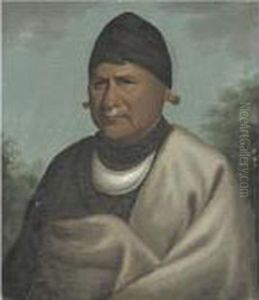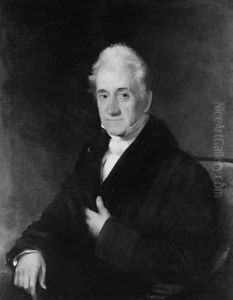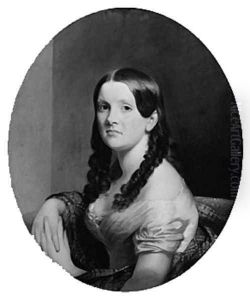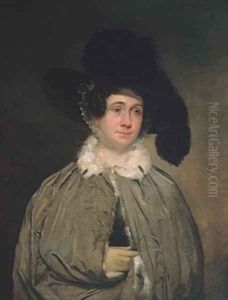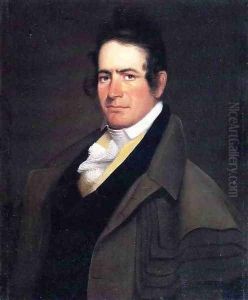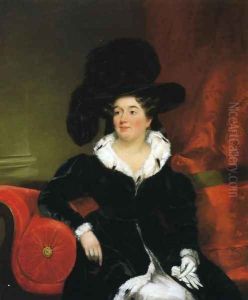Chester Harding Paintings
Chester Harding was an American portrait painter who was born on September 1, 1792, in Conway, Massachusetts. Despite having minimal early education and training in the fine arts, Harding is often noted for his natural talent and became one of the most respected and prolific portraitists in 19th-century America.
Harding's early life was marked by a variety of occupations, including working on a farm, in a cabinet shop, and even as a peddler. It wasn't until around the age of 21 that he discovered his interest in painting. He was largely self-taught, with his first significant work being a portrait of his wife. His natural skill quickly became evident, and he began painting portraits of local residents.
In 1820, Chester Harding moved to Pittsburgh, where he met the artist James Otto Lewis, who painted Indian scenes. Under Lewis's influence, Harding began to paint full-time. His career took a significant turn when he moved to Saint Louis in 1825 and began painting portraits of prominent local figures. This success enabled him to travel to Europe in 1829, where he spent several years studying and painting. During his time in London, he was the only American artist to paint a portrait of the celebrated poet Lord Byron.
Harding returned to the United States in the early 1830s and established himself in Boston, where he gained considerable fame and success. He painted portraits of many notable figures, including Daniel Webster, James Madison, and Dolly Madison. His style was characterized by a strong sense of realism, attention to detail, and an ability to capture the character and personality of his sitters.
Chester Harding's later years were spent between Boston and Springfield, Massachusetts. He continued to paint and also engaged in other business ventures. His autobiography, written in a simple and unpretentious style, was published posthumously in 1866, the same year of his death on April 1. It provides valuable insights into the life of a self-made man and artist in the early 19th century. Harding's works remain a significant part of American art history, with his portraits being showcased in many museums and collections across the United States.
